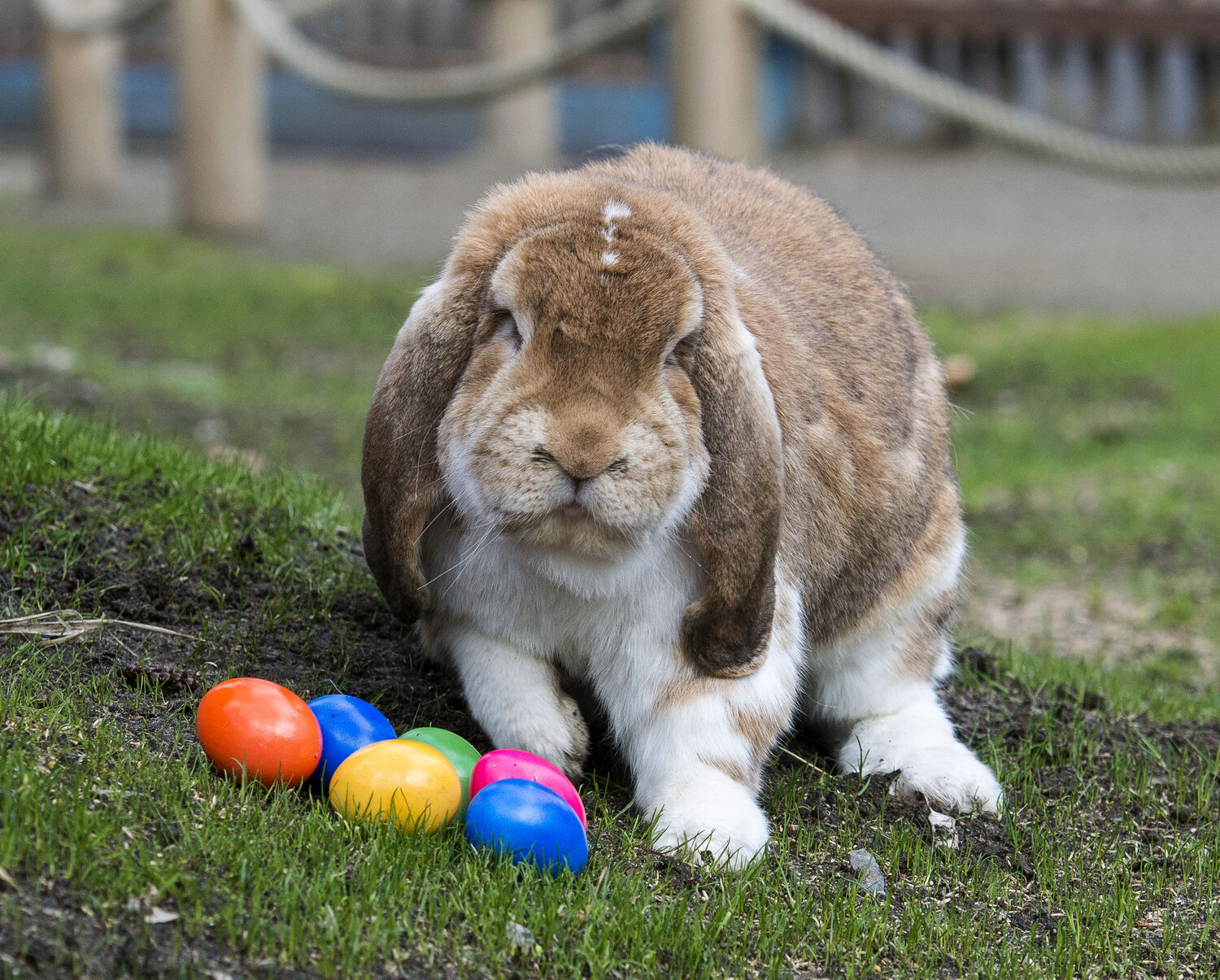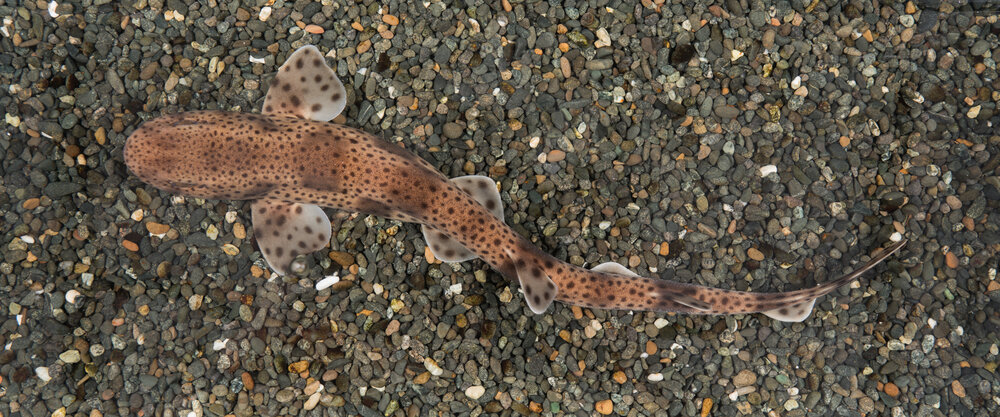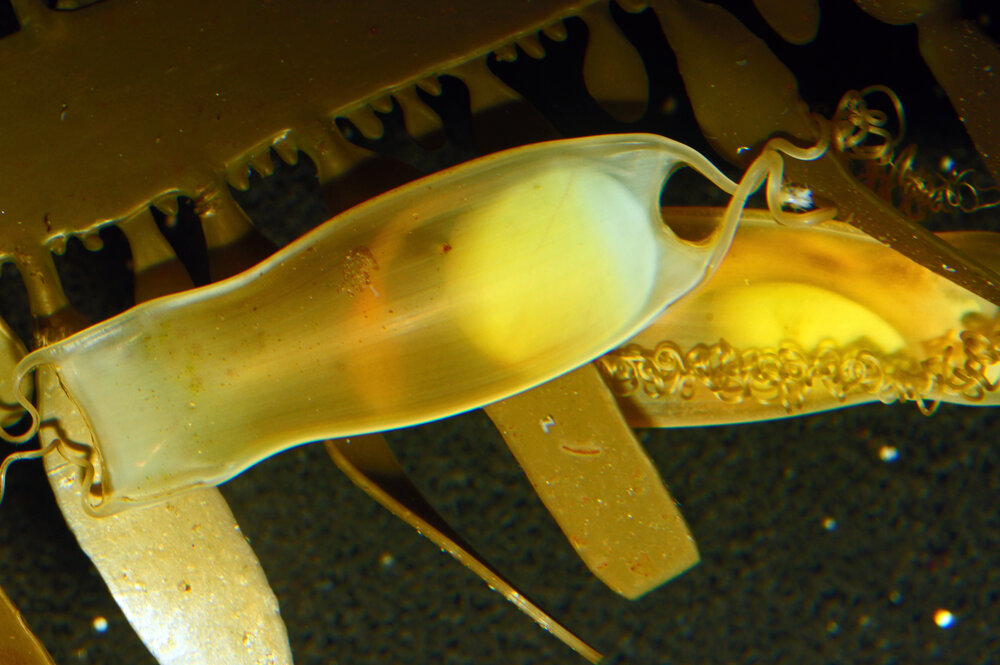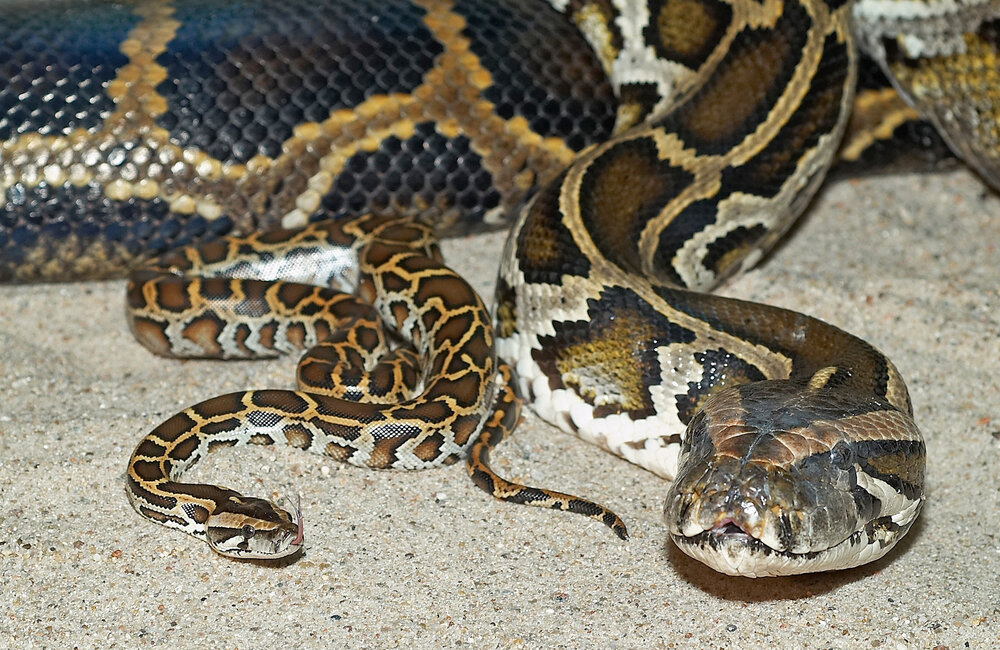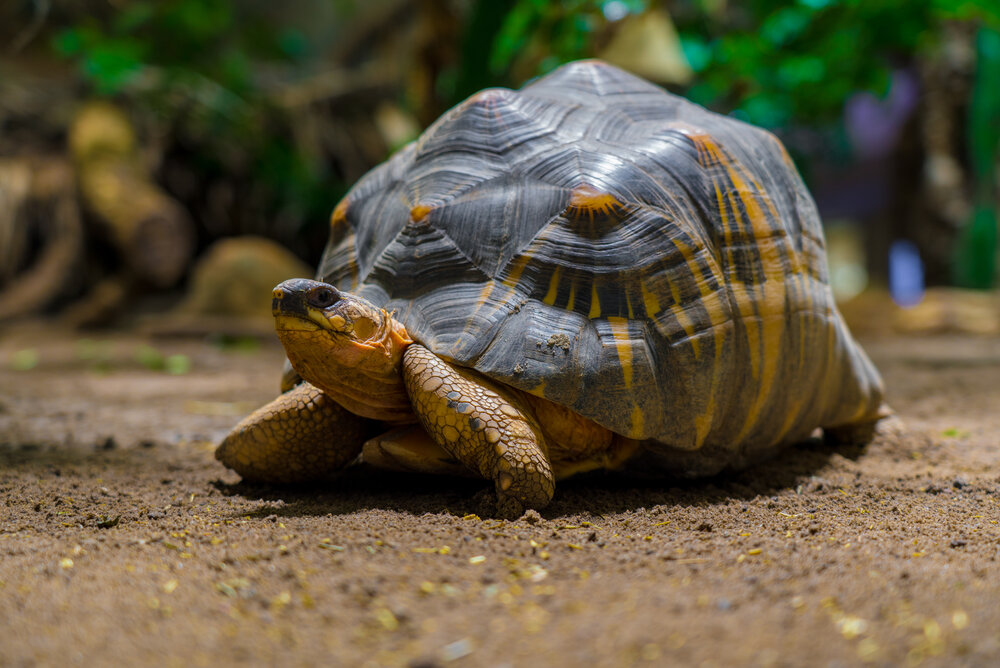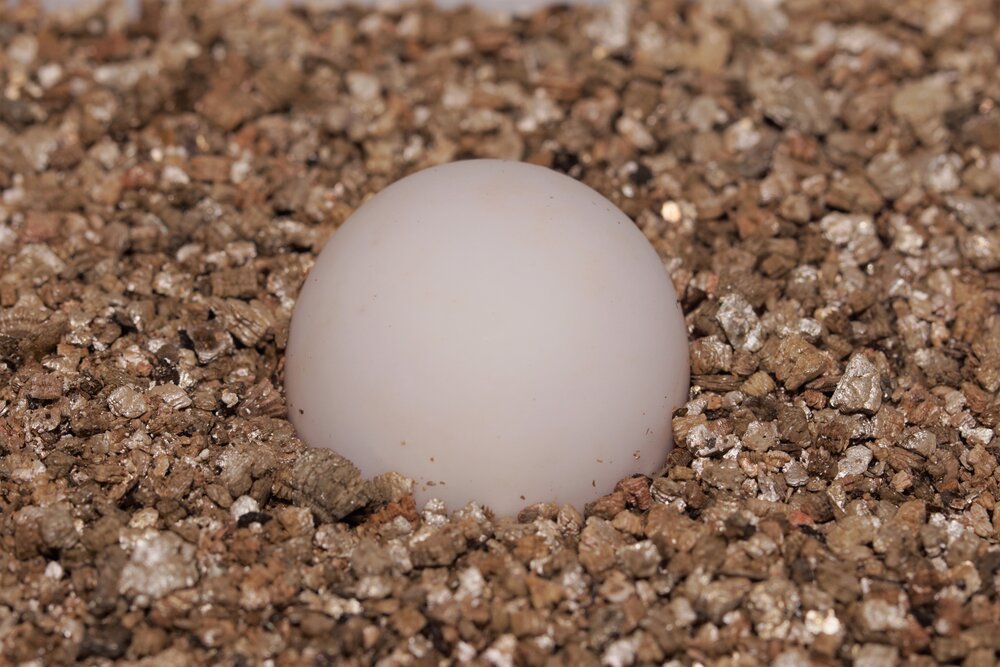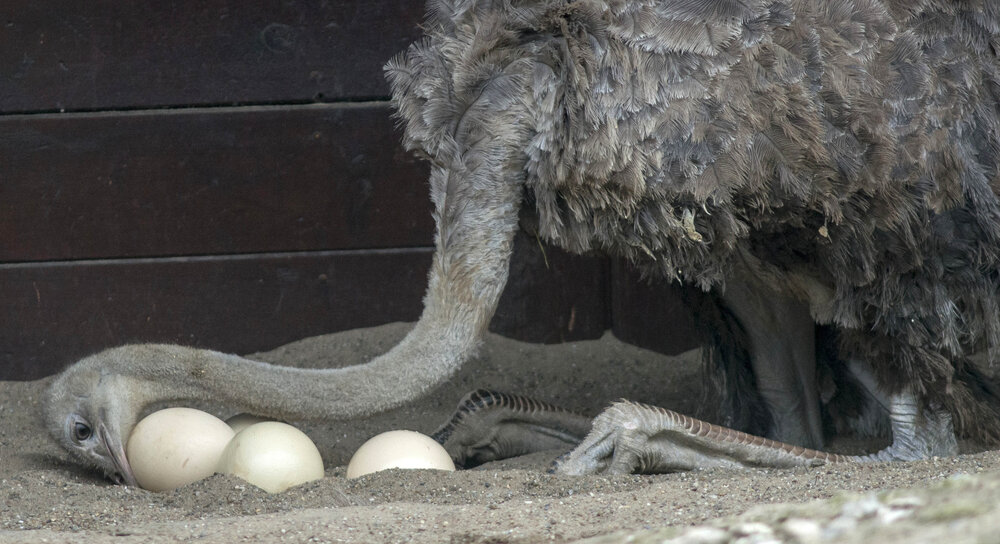Easter Egg-Stravangza
At Eastertime, nature awakens from its winter slumber. Temperatures start shooting into the high teens, daffodils and crocuses come into bloom, butterflies emerge from their cocoons, and the Easter Bunny hides his colourful eggs in secret nests... But, hang on! Something’s not quite right here. Rabbits don’t lay eggs! They’re mammals, and mammals don’t lay eggs, right? Surely only birds lay eggs? Oh, and frogs too… Why do some animals lay eggs, anyway?
The facts in an eggshell
Big eggs, little eggs. Good eggs, bad eggs. Chocolate eggs, golden eggs. Scrambled eggs, fried eggs. Egg timers, egg slicers. Omlettes, egg nog, egg custard, pickled eggs... The topic of eggs is more varied and more colourful than even the most impressive Easter basket! There is so much to learn about eggs and the animals that lay them – birds, turtles, ants and many more. And what better time than the Easter holidays to serve up some of the most egg-straordinary facts about eggs?
What is an egg?
An egg is an organic vessel that contains a living being in its earliest stages of development. It consists of a protective outer layer, nutrient-rich fluid, and the ovum – the female reproductive cell. The ovum contains all the genetic information of its female host, which will be passed on to the offspring. All female animals – including humans – produce these ova for sexual reproduction. You probably remember all about that from lessons at school.
But why do some animals lay eggs – i.e. expel the egg cells from their bodies?
Egg laying has long been a common practice on planet Earth. Far more animal species lay eggs than give birth to live young. So laying eggs is actually the norm. Animals that give birth to live young – and that includes humans, of course – are in the minority.
There are various biological benefits to laying eggs:
- Creatures that give birth to live young cannot have as many babies because there is limited space inside the female’s body. (Naked mole rats push that space to its limits every 80 days or so.)
- If a pregnant animal is caught and eaten, both mother and offspring are lost, whereas if a clutch of eggs is eaten, new ones can be laid.
- If external conditions are unfavourable, it is far easier for parents to abandon a nest than it is to abort an embryo carried inside the body.
- And, of course, pregnant birds would be too heavy to fly.
Who lays their eggs where?
Mammals: Pouched eggs
Most people are aware that insects, fish, amphibians, reptiles and birds lay eggs. But maybe not everyone knows that there are some egg-laying mammals too – and, no, we don’t mean the Easter Bunny!
There are two very curious exceptions to the rule that all mammals give birth to live young. Duck-billed platypuses and spiny anteaters – the so-called monotremes – have a remarkable reproduction strategy and actually do lay eggs! Spiny anteater (or echidna) mothers store their eggs in a pouch on their belly, rather like kangaroos and other marsupials. Like certain reptiles and birds, platypuses make use of natural materials around them to hide their eggs. Rather than building a nest of twigs, however, they lay their eggs in burrows in the earth. Once the eggs hatch, echidnas and platypuses revert to more typical mammalian behaviour – but again in their own unique fashion: although the young receive milk, neither animal has teats. Instead, milk is released through pores in the skin and collects in grooves for the young to lap up.
And while we’re on the topic of quirks of nature, some underwater animals have also developed fascinating reproduction strategies to give their offspring a safer start in life...
Fish: Underwater eggs
Most fish lay eggs. These are usually deposited on plants or rocks, which offer a degree of protection from predators. Some fish species, like the carp, lay thousands of eggs while others, like the stickleback, lay “just” a few hundred. Unlike most fish, stickleback actually care for their young: the protective parents watch over both their eggs and the hatchlings. This improves their chances of survivial, meaning that sticklebacks do not need to produce such a massive surplus of eggs. For them, it’s quality over quantity! In the same way that monotremes are the odd ones out among mammals, sharks are the exception in the fish kingdom. While some sharks lay eggs, others give birth to live offspring. Some of these species are “ovoviviparous”, meaning the eggs are incubated inside the mother’s body and hatch just before birth, while others are “viviparous” and actually give birth to live young that have developed inside their mother’s body.
Shark eggs come in many weird and wonderful shapes. Some look like little blood bags or rucksacks, while others resemble seaweed, buoys, or the broken-off ends of oversized screws. At Aquarium Berlin, visitors often get the chance to marvel at the eggs of epaulette sharks and catsharks.
Reptiles: Eggs in the sand
Laying eggs is the norm in the reptile kingdom, too. Many reptiles bury their eggs in the ground, preferably in warm sandy soil. But again, there are some fascinating exceptions: boas and vipers give birth to live young, and several snake species are ovoviviparous. Unlike crocodile and turtle eggs, which have hard shells, snake eggs are soft and liable to tear. Very few snake parents take care of their eggs and young, though one tender-hearted exception is the southern rock python.
The sex of young crocodiles is determined by temperature. If the eggs are incubated at around 30°C or lower, the hatchlings will be female, but in warmer conditions over 34°C males develop inside the eggs. In between those temperatures, the little crocs could be boys OR girls. Fun fact: In the case of turtles, it is the other way around. Researchers studying bearded dragons found that this animal’s chromosomes are modified by heat, leading to a genetic defect that has been dubbed the “jumonji defect”.
Despite this vast diversity in the world of eggs, this Easter it’ll be the familiar chicken egg that most of us will be blowing out, decorating and hiding for children to find. It probably comes as no surprise to learn that the world’s largest eggs are laid by the world’s largest birds – ostriches. But another bird species lays the largest egg relative to its size: a kiwi egg weighs about 20 percent of the mother’s body weight. So it looks like birds have won the competition when it comes to egg size. Let’s give them a standing ova-tion!
The entire team at Zoo, Tierpark and Aquarium Berlin wishes you a most egg-cellent Easter weekend!
